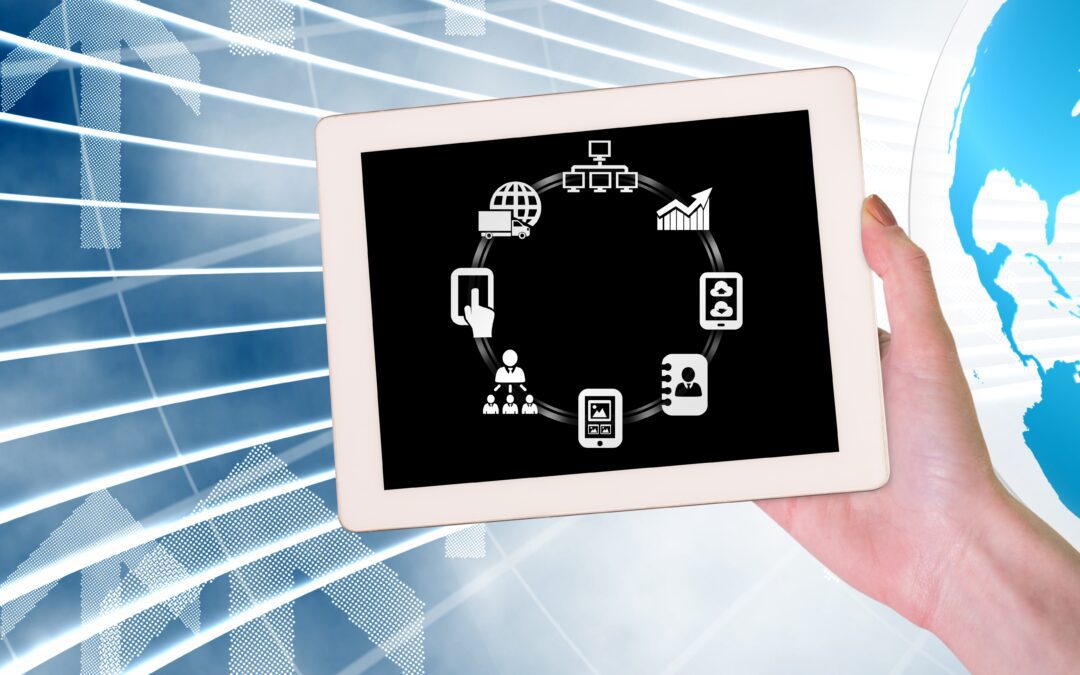The rise of digital tools in the business world has transformed how organizations handle procurement and resource management. Two of the most essential systems used today are E-Procurement Systems and Enterprise Resource Planning (ERP) Systems. While they both aim to streamline business processes, they serve different functions and are used for distinct purposes within a company. This article will explore the differences between E-Procurement Systems and ERPs, helping you understand their unique roles in modern businesses.
Introduction: The Role of Technology in Modern Business Operations
In today’s business environment, technology plays a pivotal role in enhancing efficiency and productivity. Among the many software solutions available, E-Procurement Systems and ERPs are often compared due to their impact on streamlining operations, increasing transparency, and improving decision-making. However, the distinction between these two systems can sometimes be unclear.
This article breaks down the core differences, helping you decide which system suits your business needs better.
What is an E-Procurement System?
An E-Procurement System refers to the use of digital tools and software to manage procurement activities, which involve the acquisition of goods and services from external suppliers. It is a process that automates the purchasing cycle, from requisitioning items to payment.
Core Functions of E-Procurement Systems:
-
Supplier Management: E-Procurement systems help businesses maintain a database of suppliers, including their prices, services, and performance metrics.
-
Order Management: These systems automate purchase orders, helping companies track orders from request to delivery.
-
Invoice Processing: E-Procurement allows businesses to match invoices with orders and receipts to ensure payment accuracy.
-
Compliance and Audit Trails: Automation ensures that purchasing activities adhere to company policies and government regulations, providing detailed audit trails.
What is an ERP System?
An Enterprise Resource Planning (ERP) System integrates various business functions into a single system, providing a unified approach to managing core business processes. ERPs cover a wide range of activities, from finance and human resources to inventory and production.
Core Functions of ERP Systems:
-
Financial Management: ERP systems manage accounts payable, accounts receivable, and general ledger functions, facilitating financial reporting and compliance.
-
Human Resources: They provide tools for managing employee data, payroll, and performance evaluations.
-
Inventory Management: ERPs track stock levels, manage orders, and optimize the supply chain.
-
Customer Relationship Management (CRM): Many ERPs also incorporate CRM modules to track and manage customer interactions.
Key Differences Between E-Procurement Systems and ERPs
While both systems aim to optimize business operations, their core functions and scopes differ significantly. Below are the primary differences:
1. Focus and Purpose
-
E-Procurement Systems focus primarily on streamlining the procurement process by managing supplier relationships, purchase orders, invoices, and payments.
-
ERPs are broader systems that integrate all business functions, including procurement, finance, human resources, and more.
2. Scope of Operations
-
E-Procurement is specifically designed for purchasing activities, such as ordering, sourcing, and supplier management.
-
ERPs provide a more comprehensive solution, encompassing finance, HR, manufacturing, sales, and procurement.
3. Integration with Other Business Functions
-
E-Procurement Systems are often standalone systems that can be integrated with other tools like ERPs or financial systems.
-
ERPs, on the other hand, are all-in-one solutions that integrate various functions, including procurement, into one platform.
4. User Focus
-
E-Procurement Systems are used mainly by procurement professionals and purchasing departments to manage supplier relationships and purchasing activities.
-
ERPs are used by various departments, including finance, HR, sales, and operations, to manage their daily tasks and resources.
5. Implementation Complexity
-
E-Procurement Systems are generally easier to implement as they focus on one aspect of business operations—procurement.
-
ERPs require a more extensive implementation process because they encompass multiple business functions and require more customization to suit the specific needs of a business.
6. Automation and Efficiency
-
E-Procurement Systems automate tasks related to procurement, such as sending purchase orders and tracking deliveries.
-
ERPs automate a broader range of processes, such as financial reporting, payroll, inventory management, and procurement, all in one system.
Why Choose E-Procurement Over ERP?
For businesses focused primarily on procurement, E-Procurement Systems offer several benefits over ERP systems:
-
Specialized Functionality: E-Procurement systems are tailored specifically for procurement tasks, making them more efficient in this area.
-
Cost-Effectiveness: For small and mid-sized businesses, investing in a dedicated E-Procurement system may be more cost-effective than implementing a full ERP system.
-
Faster Implementation: E-Procurement systems are typically quicker to implement, offering businesses an immediate solution for optimizing procurement processes.
Why Choose ERP Over E-Procurement?
On the other hand, businesses with more complex operations might prefer an ERP System for the following reasons:
-
Comprehensive Integration: ERPs provide a holistic solution, integrating all business processes into one system.
-
Better Data Insights: ERPs allow businesses to get a complete view of their operations, enabling better decision-making across departments.
-
Scalability: As businesses grow, ERP systems can scale to accommodate additional business functions and users.
Examples of Popular E-Procurement Systems and ERPs
Popular E-Procurement Systems:
-
SAP Ariba: A cloud-based solution for procurement that helps organizations manage sourcing, contracts, and supplier performance.
-
Coupa: A spend management platform that provides solutions for procurement, invoicing, and expenses.
-
Jaggaer: A comprehensive procurement suite that offers supplier management, spend analytics, and procurement automation.
Popular ERP Systems:
-
SAP ERP: A comprehensive enterprise resource planning solution with modules for procurement, finance, HR, and more.
-
Oracle ERP Cloud: A cloud-based ERP system that integrates financials, procurement, and project management.
-
Microsoft Dynamics 365: A flexible ERP system that offers solutions for procurement, finance, sales, and customer service.
How Can Businesses Integrate E-Procurement and ERPs?
Many businesses choose to integrate their E-Procurement System with their ERP to combine the strengths of both platforms. This integration allows procurement data to flow seamlessly into the ERP system, enabling better visibility, reporting, and decision-making.
Here are some common integration strategies:
-
API Integration: Using application programming interfaces (APIs) to connect procurement systems with ERP platforms.
-
Data Import/Export: Exporting procurement data from the E-Procurement system to the ERP for reporting and analysis.
-
Cloud Integration: Many modern ERP and E-Procurement systems are cloud-based, allowing for easier integration between platforms.
Challenges in Implementing E-Procurement and ERP Systems
Both E-Procurement and ERP systems come with their own set of challenges:
Challenges of E-Procurement Systems:
-
Supplier Resistance: Some suppliers may resist adopting new digital systems for procurement.
-
Data Accuracy: Ensuring data accuracy between different systems can be challenging.
Challenges of ERP Systems:
-
High Initial Costs: ERP systems require a significant upfront investment.
-
Customization Requirements: ERPs often require significant customization to meet specific business needs.
-
Training and Support: Employees may require extensive training to use ERP systems effectively.
Conclusion: E-Procurement Systems vs. ERPs—Which is Right for You?
In conclusion, both E-Procurement Systems and ERPs offer significant benefits to businesses looking to optimize their operations. The key difference lies in their scope and functionality. While E-Procurement Systems focus solely on procurement activities, ERPs provide an all-encompassing solution for managing a wide array of business processes.
When deciding between the two, consider your business’s size, complexity, and specific needs. Smaller businesses focused primarily on procurement may find an E-Procurement system more suitable. However, larger organizations with more complex operations and the need for a comprehensive solution may benefit more from an ERP.






